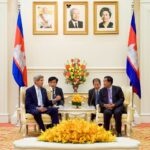Court monitoring
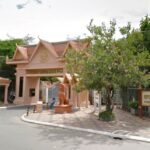
Respect for strong values is the key to citizens’ trust in their courts.1 The international values recognized for judges are independence and impartiality, integrity, equality of treatment, diligence and competence. A judge cannot both decide a case and have a personal interest in its resolution. ...
SDG 10 Reduced inequalities
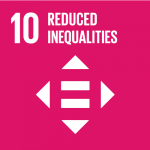
The 2030 Agenda was developed to reflect that “the international community has made significant strides towards lifting people out of poverty (). However, inequality still persists and large disparities remain in access to health and education services and other assets”. 47Although the number of people ...
Primary school
Cambodia’s education system is structured into a 6+3+3 formula -students spend their first 6 years in primary school (grades 1–6), followed by 3 years in secondary school (grades 7–9) and 3 years in high school (grades 10–12) before sitting the diploma examination.73 Cambodian students are ...
SDG 16 Peace, justice and strong institutions
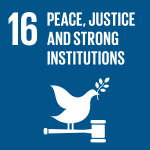
Goal 16’s full title is “Promote peaceful and inclusive societies for sustainable development, provide access to justice for all and build effective, accountable and inclusive institutions at all levels.” It has a monitoring framework of 12 targets (2 around means of implementation) and 23 indicators. Transition ...
Forest protection support
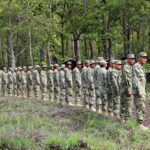
Cambodia is struggling to safeguard its forests while preserving economic growth since many people make a living via farming, logging, and other activities that might lead to deforestation. Almost 80% of Cambodians living in rural regions rely on forests for survival. On the other hand, ...
Education and training
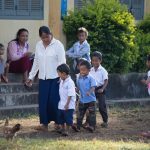
Chi Phat primary school, Koh Kong Province. Photo by ODC team, taken on 28 November 2017. Licensed under CC BY-SA 4.0.Access to free, good quality education in Cambodia is a right set out in the country’s Constitution: Article 65: “The State shall protect and promote citizens’ ...
Workshop on the role of Information and Communication Technology (ICT) in public services in Cambodia
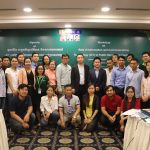
Open Development Cambodia (ODC) in collaboration with STAR Kampuchea and Cambodian Center for Independent Media (CCIM) arranged a workshop entitled “Role of Information and Communication Technology (ICT) in Public Services in Cambodia” under financial support by the Swedish Program for ICT in Developing Regions (SPIDER) on 12 ...
Extractive industries licensing and payments
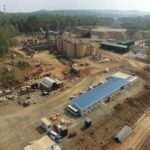
Overview of an industrial gold mine and refinery in Okvau. Photo taken from the Ministry of Mines and Energy’s Facebook Page, taken on 11 June 2021.Mineral resources are defined as “any substance, whether in solid, liquid or gaseous form, naturally originated by a geological process ...
Data literacy
/* General */ .custom-flex-content { display: flex; justify-content: space-between; } .link-anchor { display: block; position: relative; top: -50px; visibility: hidden; } .u-full-width td { vertical-align: middle !important; } @media only screen ...
Socio-economic impact of COVID-19 on Cambodia
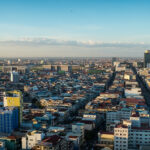
The first outbreak of COVID-19 was reported in China in late 2019 and on 30 January 2020 the World Health Organization (WHO) declared it as a Public Health Emergency of International Concern (PHEIC).403 The COVID-19 pandemic has affected the global economy and the growing crisis ...
Carbon trading and other Payments for Ecological Services (PES)
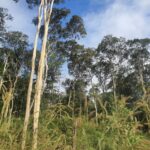
Forest view. Photo by Open Development Cambodia, taken on 05 December 2021. Under license CC BY-SA 4.0.Cambodia is covered with forest, accounting for around 13.1 million hectares in 1973, and it is had fallen to 8.7 million hectares in 2014.502 However, based on the Ministry ...
Primary and secondary education
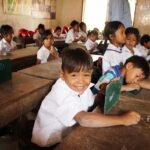
Article 68 of Cambodia’s Constitution states that the Government shall provide free primary and secondary education for all citizens and each individual shall pursue basic education for at least 9 years. Education is a fundamental engine of social and economic development for a country, especially ...
Economic policy and administration
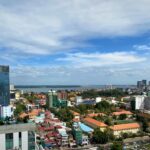
After the first general election in 1993, the government prepared and implemented a comprehensive micro- and macroeconomic policy and structural reform program to integrate Cambodia’s economy into the region and the world as well as stimulate its economic growth.602 In the two decades following that ...
Forest cover 2015 - Present

According to the report on Cambodia Forest Cover 2018 issued on December 2020 by the Ministry of Environment (MoE),708 Cambodia has conducted eight national forest assessments in 1958/65, 1992/93, 1996/97, 2002, 2006, 2010, 2014, 2016, and 2018. The forest cover assessment from 1958-1965 has not ...
SDG 15 Life on land
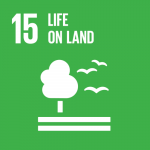
SDG 15 focuses on the sustainable use of terrestrial (land-based) biodiversity and ecosystems such as forests, grasslands, deserts and mountains and their interaction with freshwater systems. It aims to protect and restore their ecological function. The work includes applying sustainable land and forest management practices and ...
Red Cross
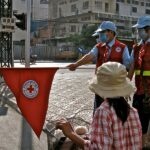
The Cambodia Red Cross (CRC) is the principal humanitarian society in Cambodia. The government has designated it as an auxiliary to public bodies offering humanitarian assistance. In addition to the national headquarters, the CRC has 25 branches.800 CRC was founded in 1955 and has worked ...
Tourism
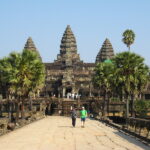
The Royal Government of Cambodia has acknowledged the potential of the tourism industry as a source of Cambodia’s socio-economy growth, including job creation and poverty reduction. Tourism has been considered one of Cambodia’s key economic pillars, both international and domestic. In the early 2000s, the ...
Extractive industries
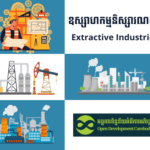
Extractive industries include mining and mineral sectors, natural gas and oil exploration, petroleum refineries, and quarrying for construction resources such as sand, stone, and gravel. Cambodia’s extractive resources have gone largely untapped, while these resources are geographically identifiable. French and Chinese geologists have been indicated ...


